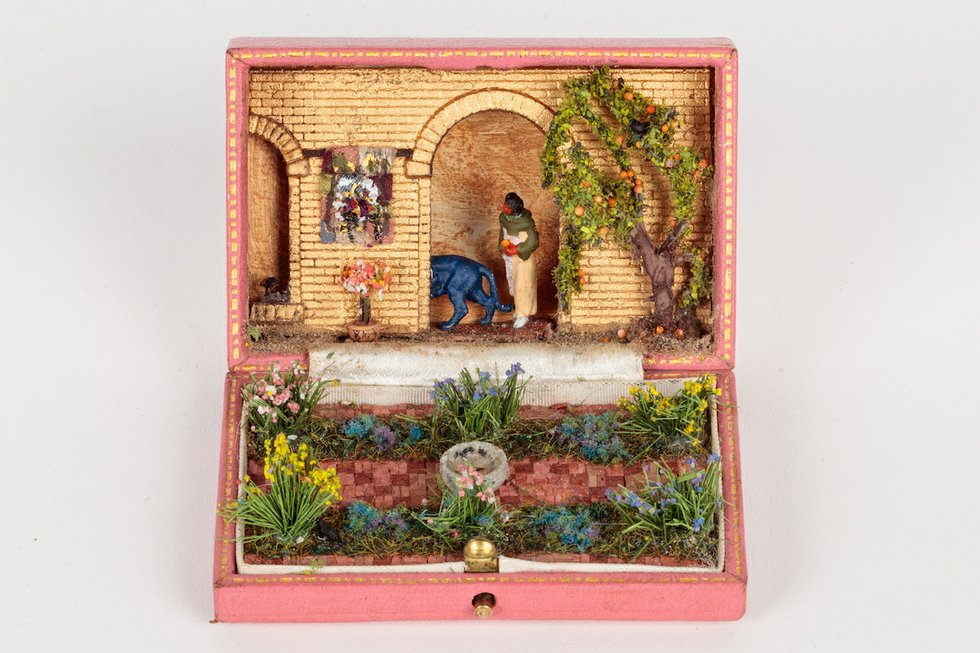
The inaugural Toronto Biennial of Art opened last week with a performance by Berlin-based Canadian artist AA Bronson. Curated by Candice Hopkins and Tairone Bastien, the 10-week, multi-site art event includes over 90 artists, more than 200 works and over 100 different talks and workshops all revolving around central question: what does it mean to be “in relation” – with the land we cohabit and with each other?
Dubbed The Shoreline Dilemma, Biennial exhibitions and events are primarily located in buildings along the waterfront from Etobicoke Creek to Ashbridges Bay. Shorelines are ever-evolving, expanding and shrinking at the whim of nature but also as a result of human activity. Toronto’s waterfront has changed drastically over centuries, most recently due to industrial and economic forces, and many of the works – by Indigenous, Canadian and international artists – examine what it means for modern citizens to be in relation with this land and its First Nations histories.
The main sites are an out-of-use commercial building at 259 Lake Shore East and the Small Arms Inspection Building in Mississauga (1352 Lakeshore Road East). On paper, Toronto is a very diverse place. How we perceive each other, how we work together and how settlers, old and new, and Indigenous people share this land is very much an ongoing discussion.
Here are some can’t-miss exhibitions and events. All shows are on display until December 1 unless otherwise noted.
Syrus Marcus Ware’s climate crisis installations
Ryerson Image Centre (33 Gould) and 259 Lake Shore East
The recent NOW cover star has a two-part installation at the Biennial. Ancestors, Can You Read Us? (Dispatches From The Future) transforms an entire wall at RIC into a time portal that imagines another generation of racialized activists sharing stories about a future ravaged by climate change. Its counterpart, Antarctica, takes the theme into the realm of speculative fiction at the main Biennial site. RIC show runs to December 8.
Charles Stankievech’s giant-screen video art
Cinesphere (955 Lake Shore West)
Named after J.G. Ballard’s 1962 novel, The Drowned World is a series of immersive apocalyptic film and sound art works curated by artist/curator Charles Stankievech. The program screens every Saturday during the Biennial in the iconic Ontario Place cinema. Nearby in the marina, Wigwam Chi-Chemung, the ongoing floating installation and Indigenous learning centre by Elder Duke Redbird, gives the public a chance to ask questions and learn from Indigenous Elders.
Curtis Talwst Santiago’s epic dioramas
259 Lake Shore East
The Lisbon-based Canadian artist has become known internationally for his Infinity Series – tiny dioramas in reclaimed jewellery boxes. The 48 works on display in the Biennial’s main building are chock full of references to historical Afro-Caribbean culture, diasporic connections and crises of identity.
Isuma Collective’s video art
Art Museum at the University of Toronto (15 King’s College)
Co-curated by Montreal-based artist/curator asinnajaq and U of T chief curator Barbara Fischer, Qaggiq: Gathering Place is a selection of video works by the Inuit artist collective and production company co-founded by filmmaker Zacharias Kunuk. This work is an extension of the group’s exhibition at the 2019 Venice Biennale and highlights questions of Inuit agency, colonial history and digital democracy. To November 30.

Courtesy of the artist
Dana Claxton’s Headdress-Jeneen (2018), an LED fire-box with transmounted lightjet duratrans.
Dana Claxton’s LED fireboxes
259 Lake Shore East
In the multidisciplinary Hunkpapa Lakota artist’s bold portraits, Indigenous women are adorned in their own “cultural belongings,” their faces entirely obscured by beaded necklaces, embroidered bags and hats. Their identities are made up of these personal items that connect them to their kin and heritage.
Ramin + Rokni Haerizadeh and Hesam Rahmanian’s robot jellyfish
259 Lake Shore East
The Dubai-based art trio embody the collaborative ethos of the Biennial with Lo’bat, a 15-metre-in-diameter robot jellyfish that comes alive when visitors enter the gallery space. Working with Iranian artist Niyaz Azadikhah, they asked a dozen women from Tehran to embroider their greatest fears on the underbelly of the jellyfish as you approach the robot, it closes itself in, as if to hide the women’s pain from the outside world.
Go on a walking tour or join a pageant
Various venues
Some might cringe at the words “audience participation,” but the opportunities to engage at the Biennial are varied – and actually cool. Join a secret society by participating in The New Red Order’s public recruitment campaign and installation (259 Lake Shore East) go for a walking tour of Toronto’s lost rivers led by poets, knowledge-keepers and storytellers (November 3, noon-1:30 pm, Riverdale Park West) or take part in the Talking Treaties pageant (November 23, 11 am-1 pm, Small Arms Inspection Building) with Jumblies Theatre artistic director Ange Loft and learn about Toronto’s treaty history.
Visit the Biennial’s website for full details and check out our top fall art picks here.
@kelseyxadams












